Aston Martin Cloverleaf
Aston Martin’s sports cars have been well known all over the world at least since James Bond made them aired on the big screen. But even many owners of today’s Vantage, DB11 or DBS Superleggera models don’t know much about the brand’s early history. So we take today’s opportunity, which Aston Martin offers us with some top-class pictures, to take a look back at the early days of this brand. Of course, we will also come to the occasion of the picture gallery in the course of our article. The brand was founded in 1913 as ‘Bamford & Martin Ltd.’ by Robert Bamford and Lionel Martin. Initially they sold Singer vehicles and refined them technically and optically on customer request. Lionel Martin also used his modified cars for motorsports and won the Aston Hillclimb near Aston Clinton in Halton with a modified Singer 10 hp. Thereupon the idea arose to build up an own vehicle production under the name ‘Aston-Martin’. In March 1915, the first prototype rolled out of the production hall at Henniker Mews in West Kensington and was immediately nicknamed ‘Coal Scuttle’ because of its boxy design. In 1920 the company moved to Abingdon Road in Kensington. It there that the second prototype was built after Lord Bamford had left the company.
Instead of Robert Bamford, Count Louis Zborowski, a son of American millionaires, now financed the young automobile company. He shared his passion for motor racing with Lionel Martin and set ten world speed records in an Aston-Martin in May 1922 on the Brooklands Oval, where he achieved an average speed of 122 kph. Two years later, the Count died at the Italian Grand Prix in Monza, causing Aston-Martin to go deeper and deeper into financial problems until Lionel Martin was forced to declare bankruptcy in 1925 and left the company. Until then, only a few customer vehicles had been built. In 1923, for example, only eight cars left the assembly, one of which was nicknamed ‘Cloverleaf’ because of its Tourer bodywork with two seats in front and one in the middle behind them, looking roughly like a three-leaved clover. This vehicle is powered by a 1.5-liter four-cylinder engine with side valves.
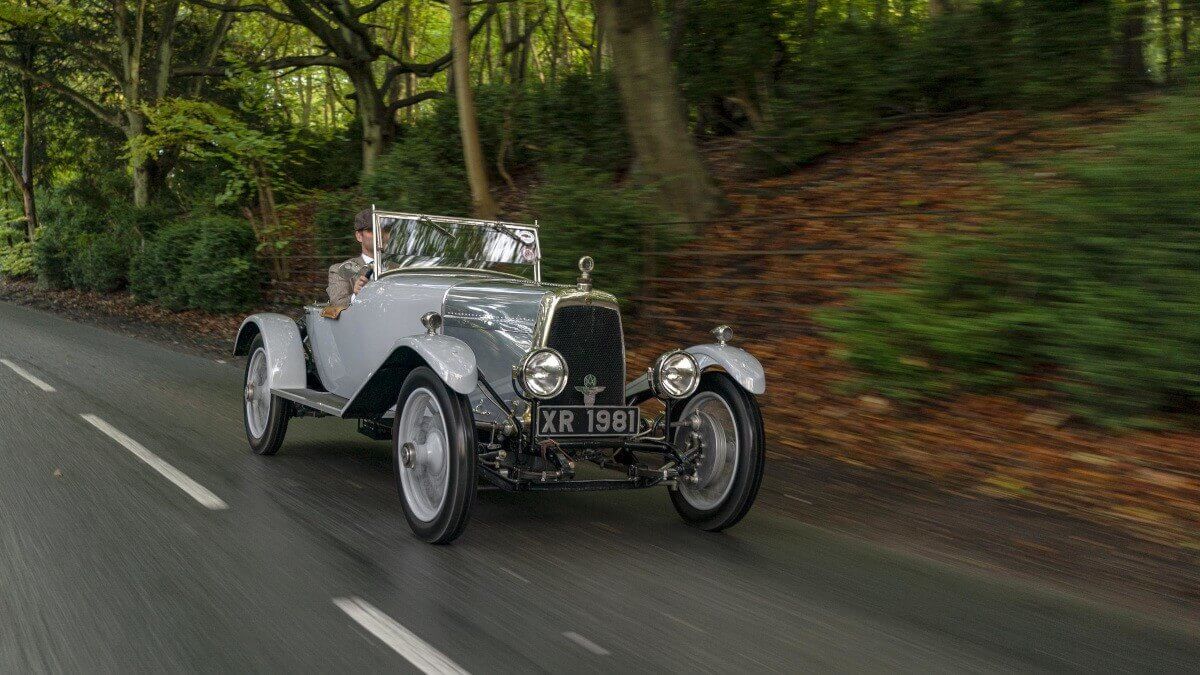



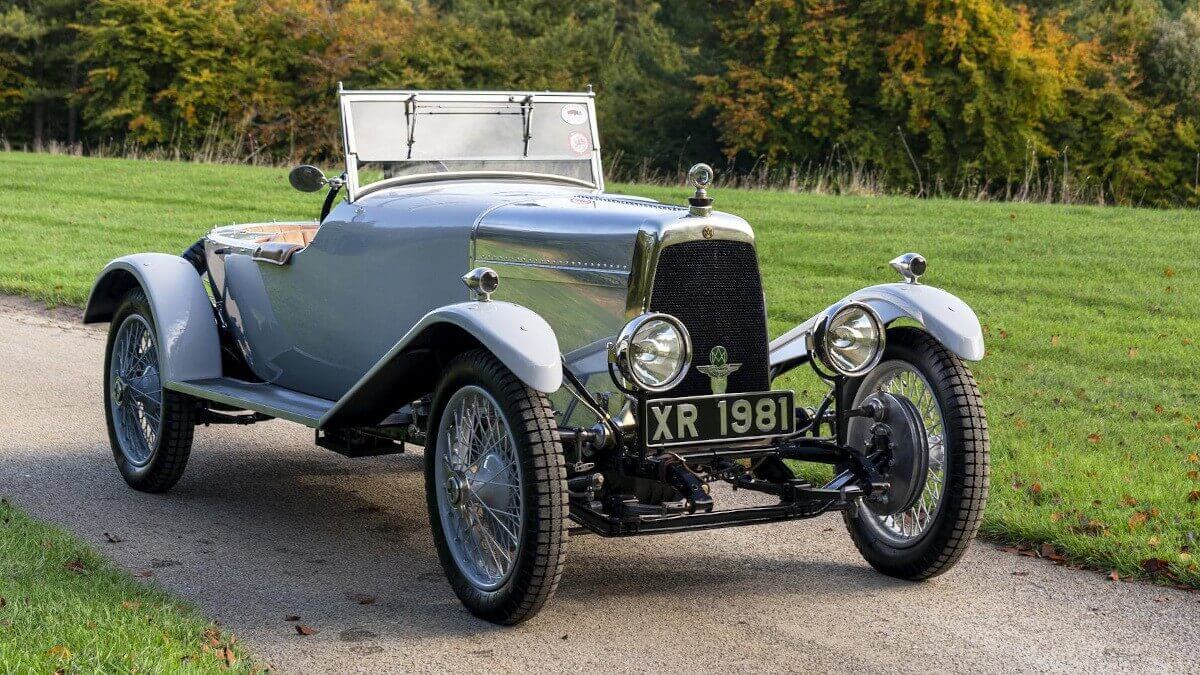



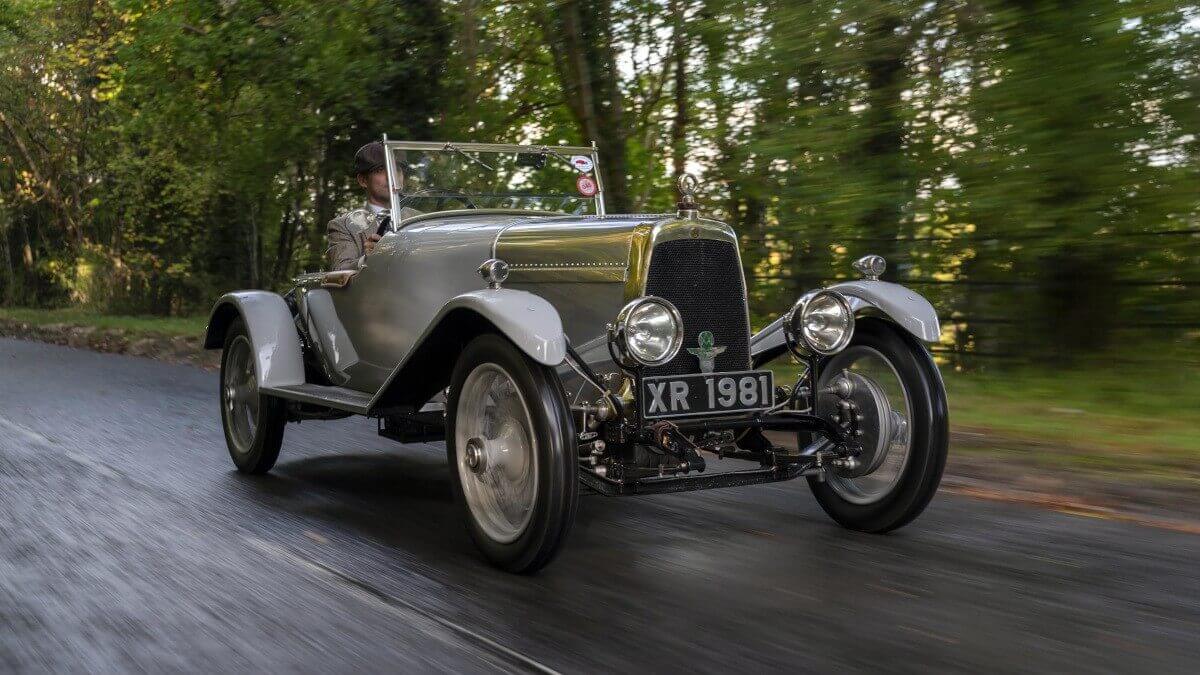



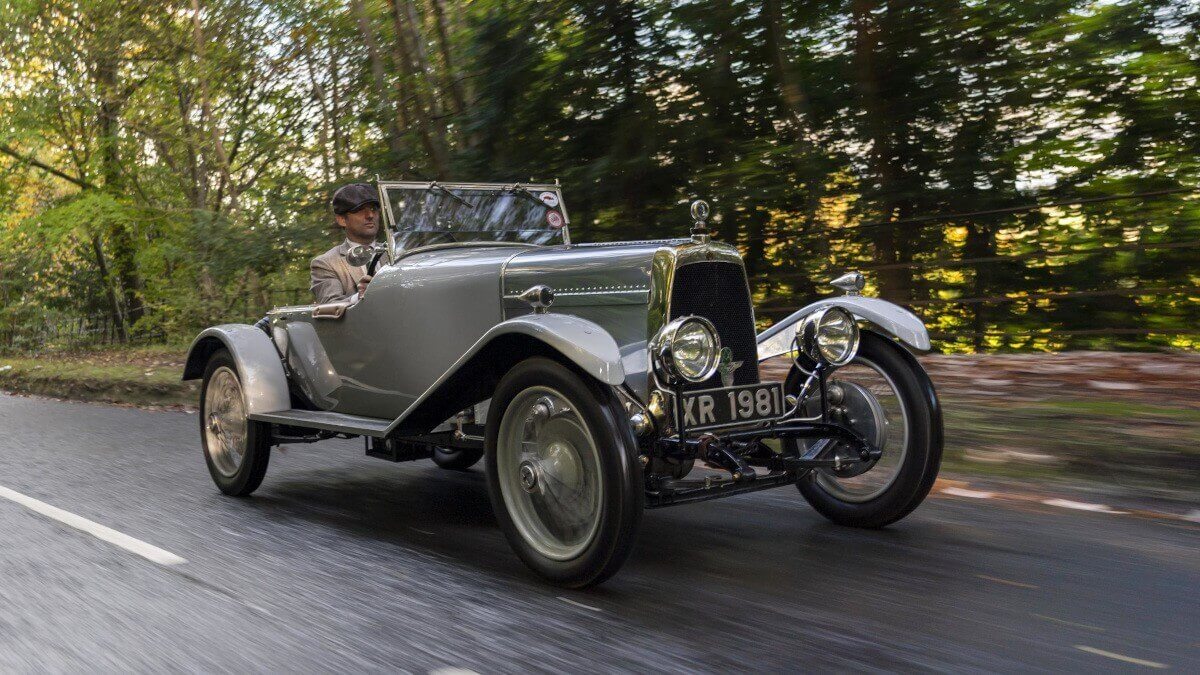



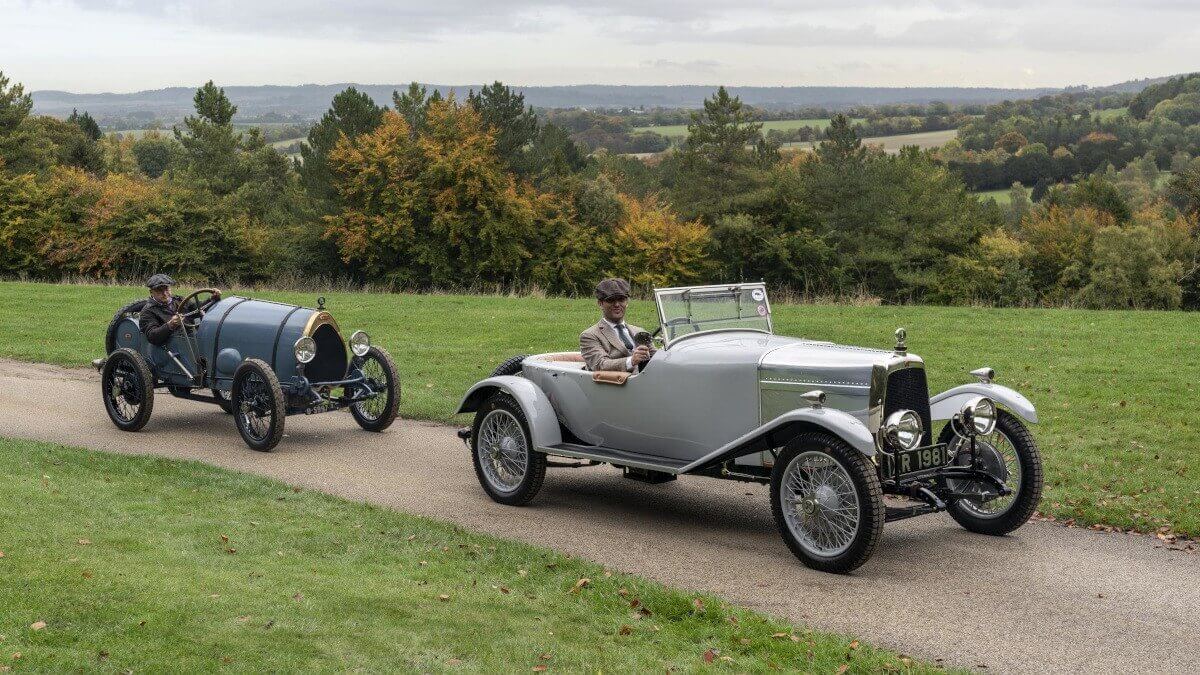



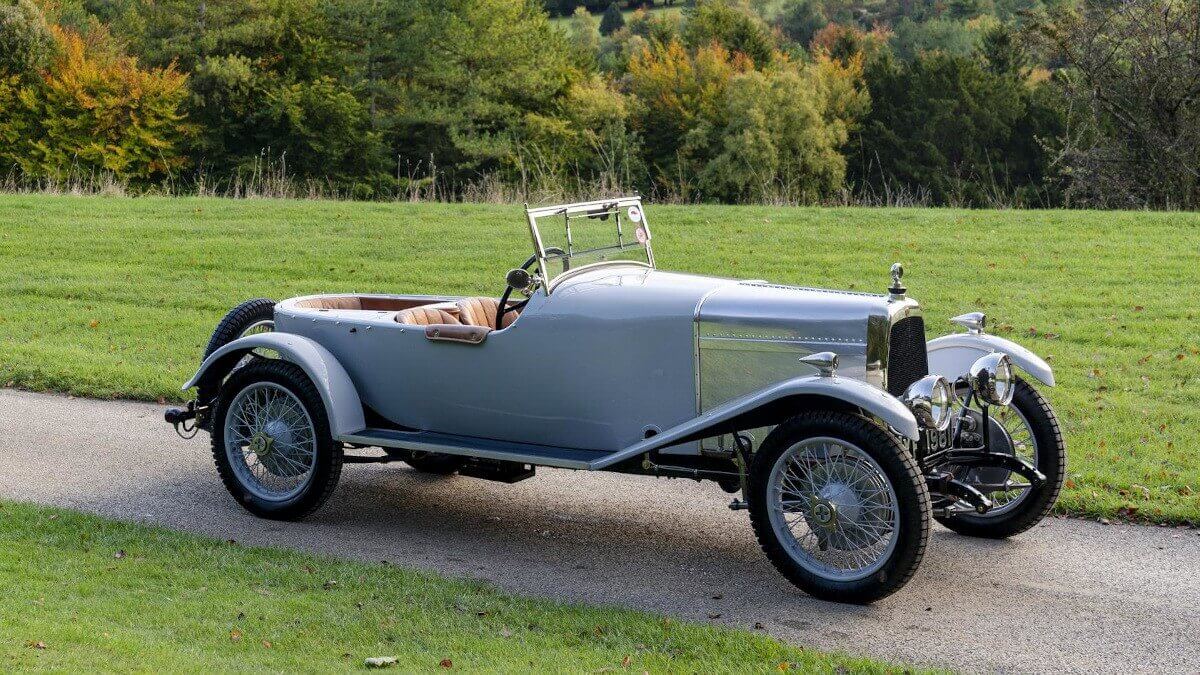



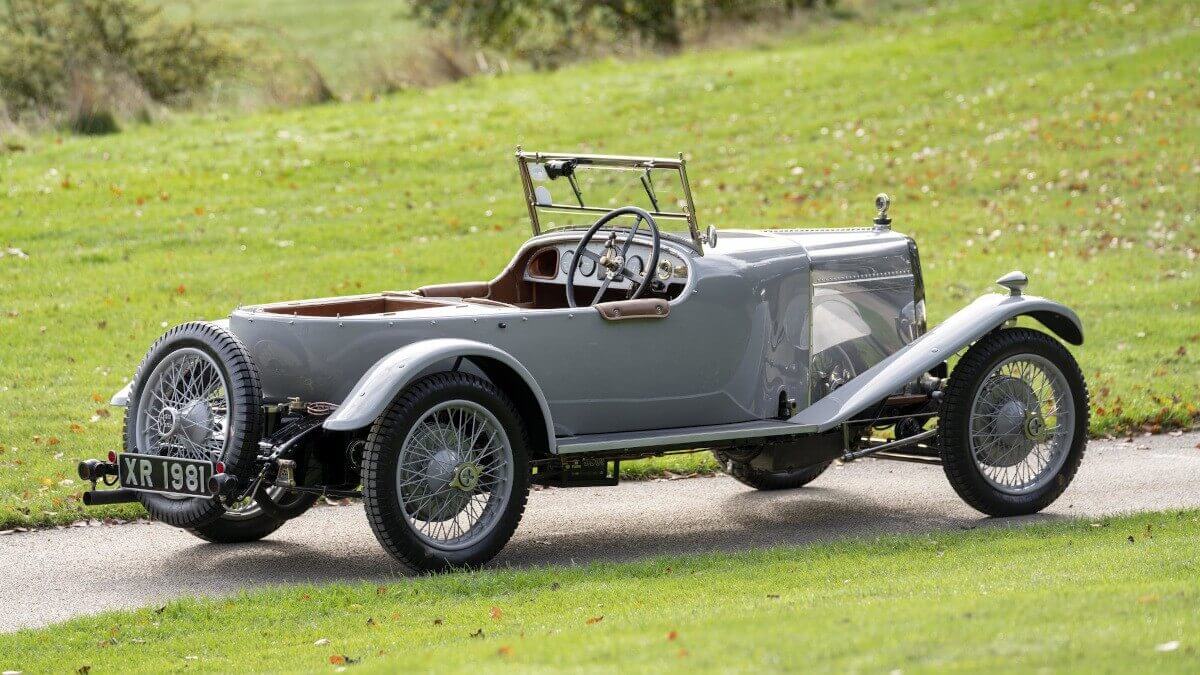



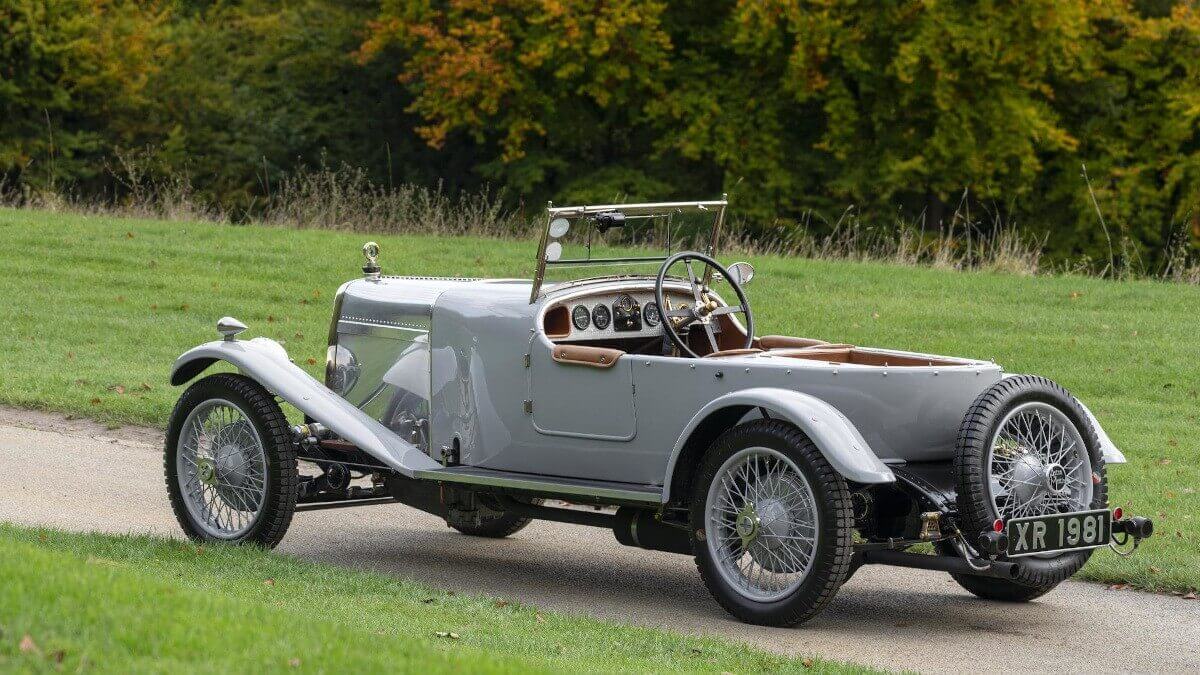



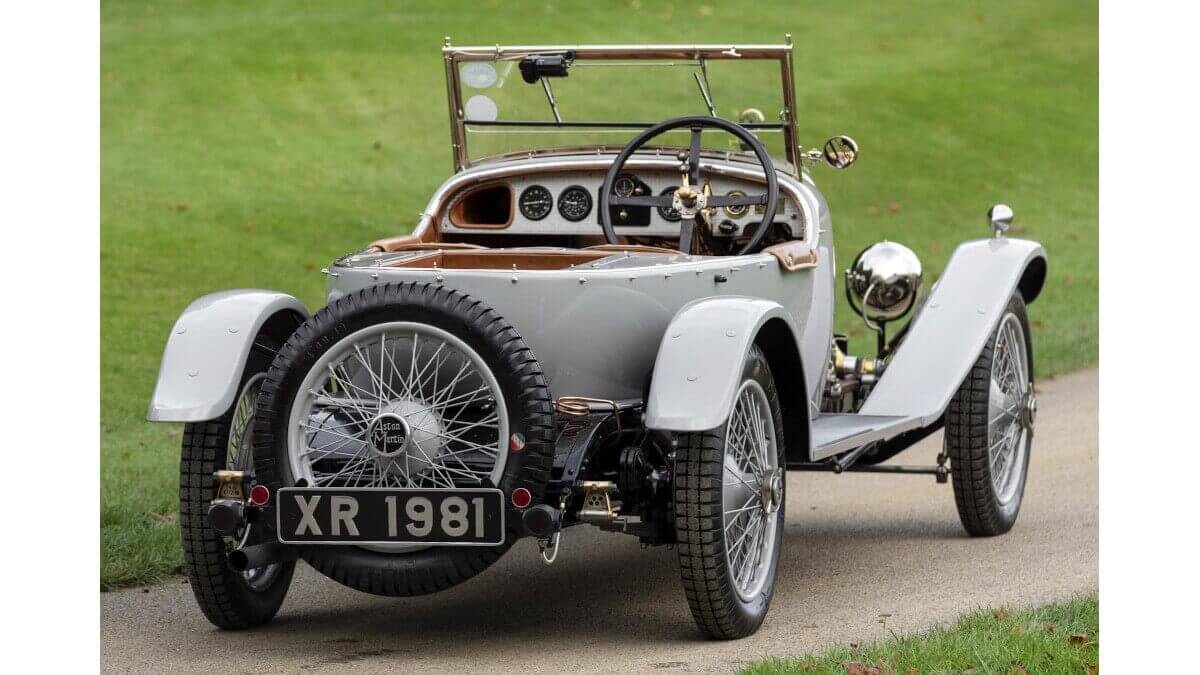



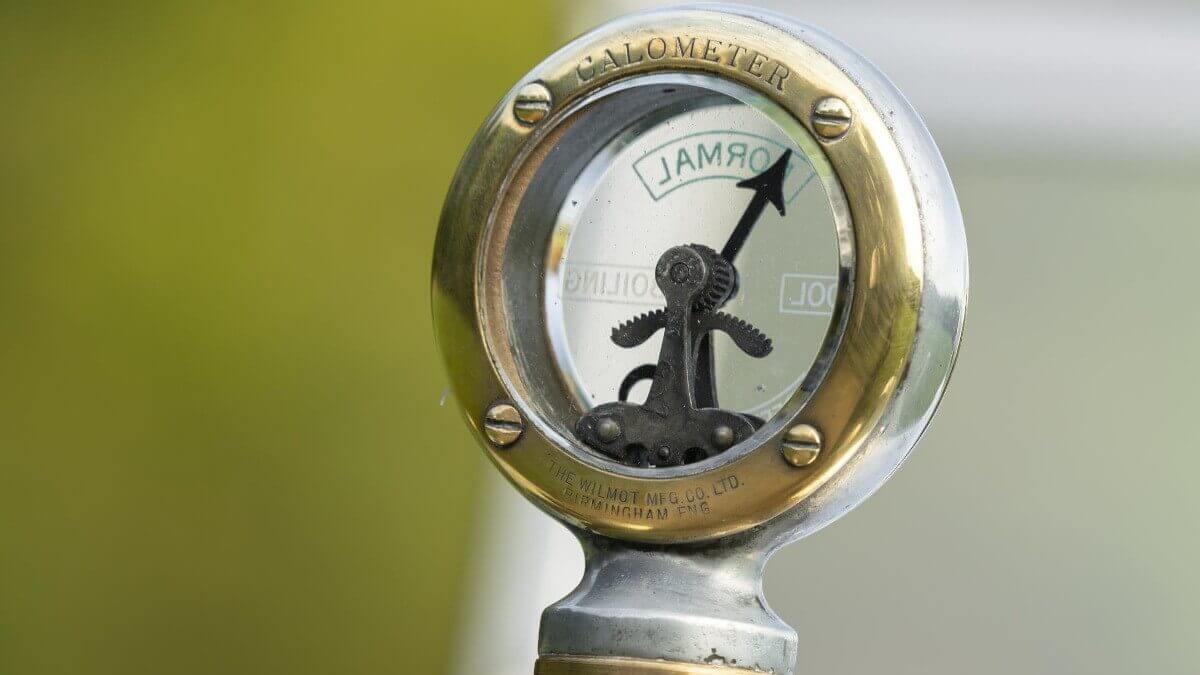



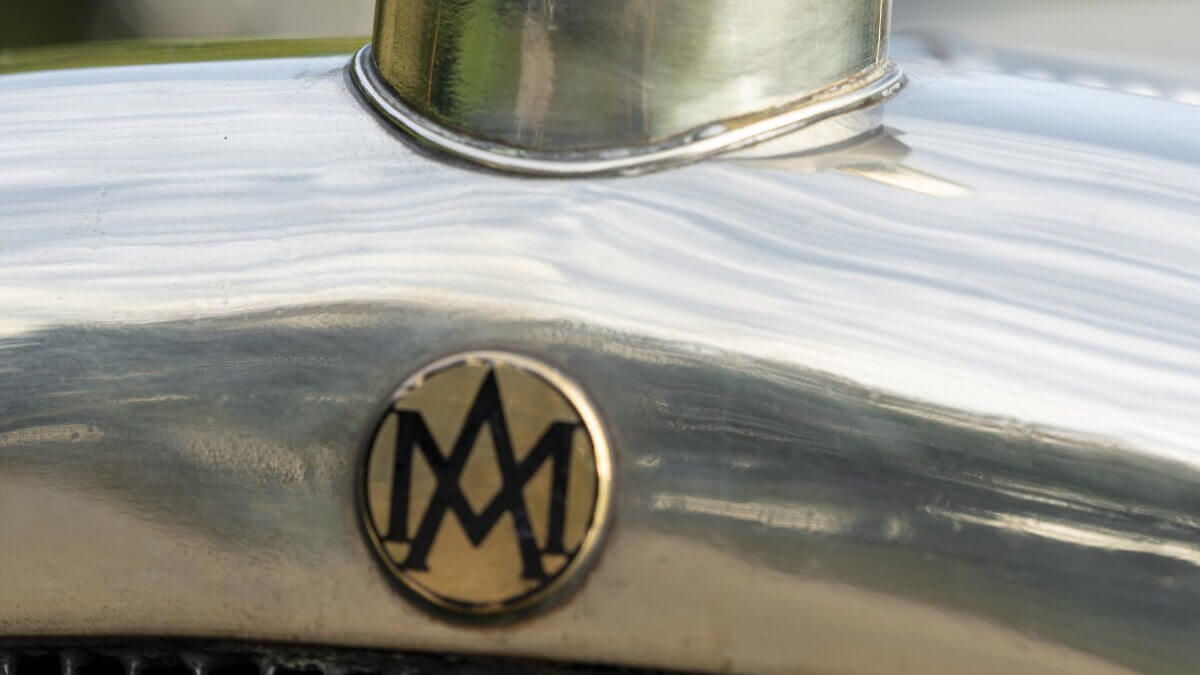



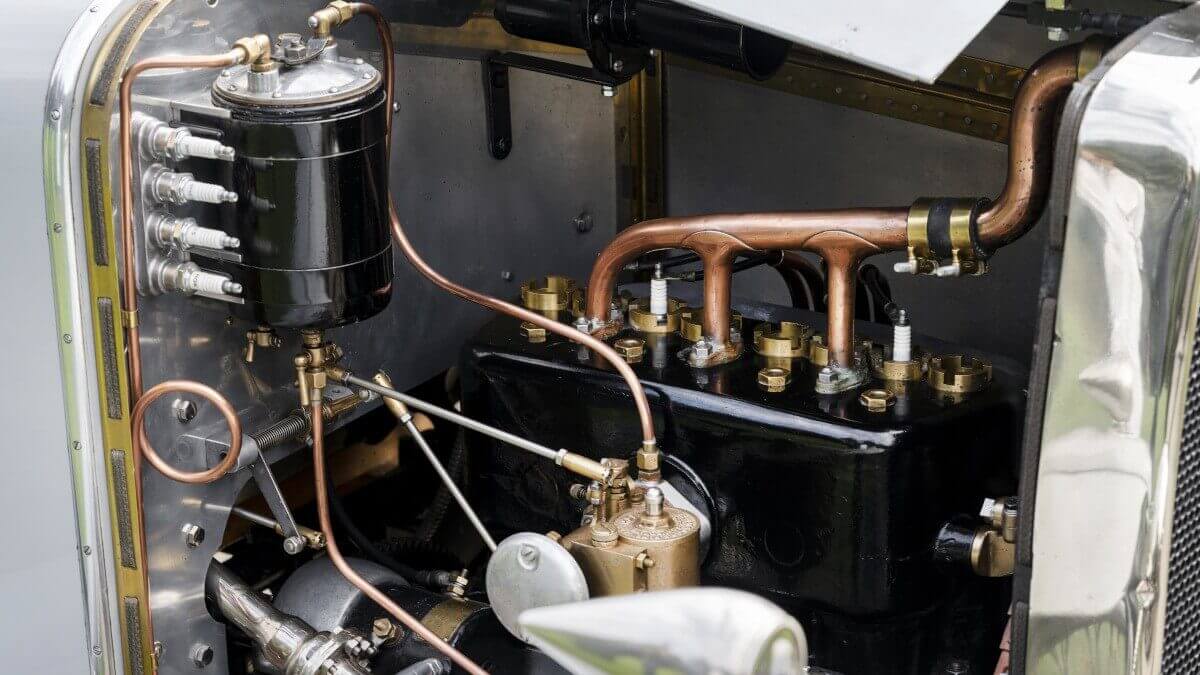



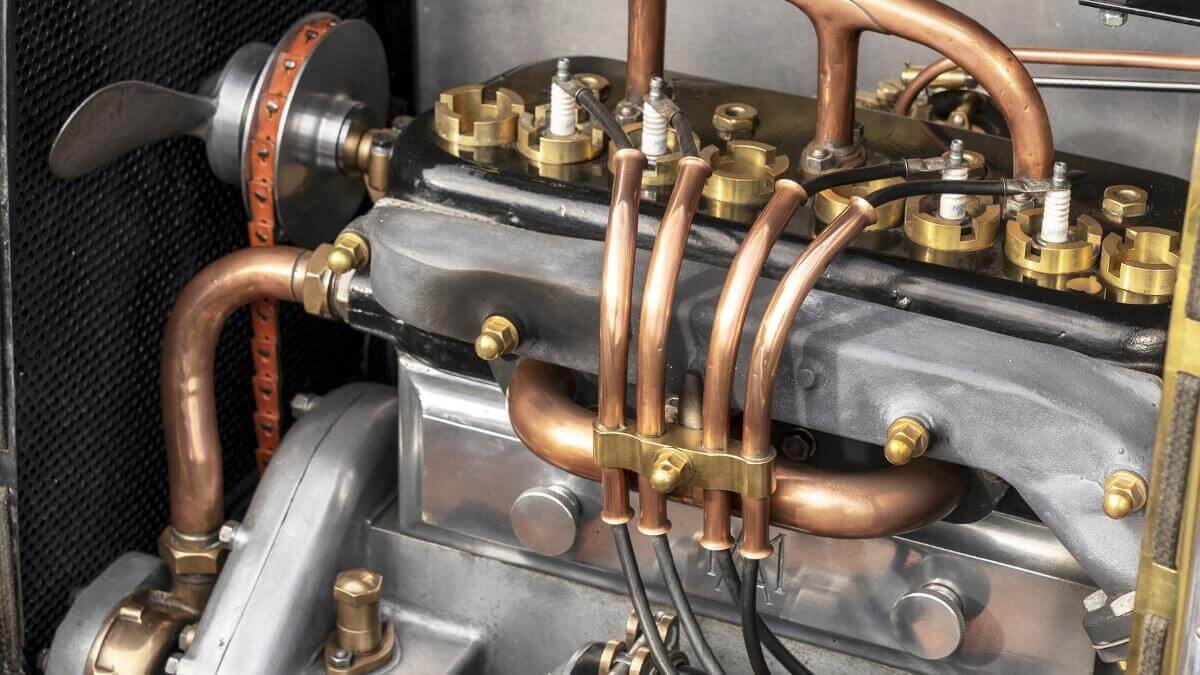



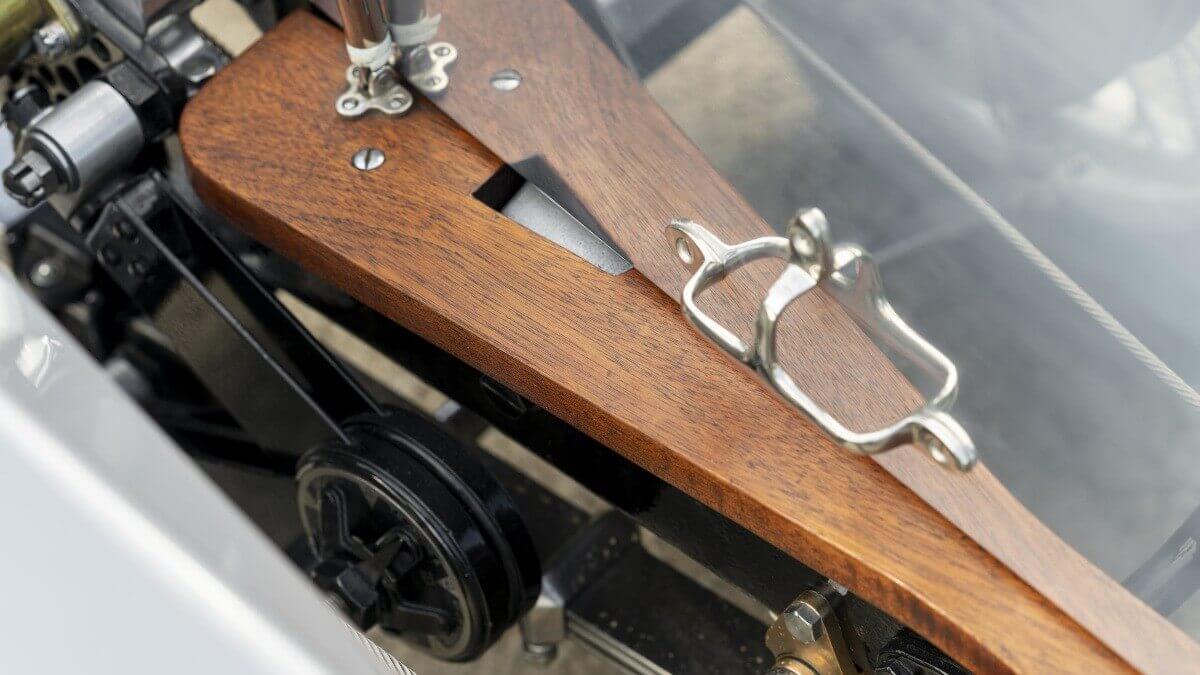



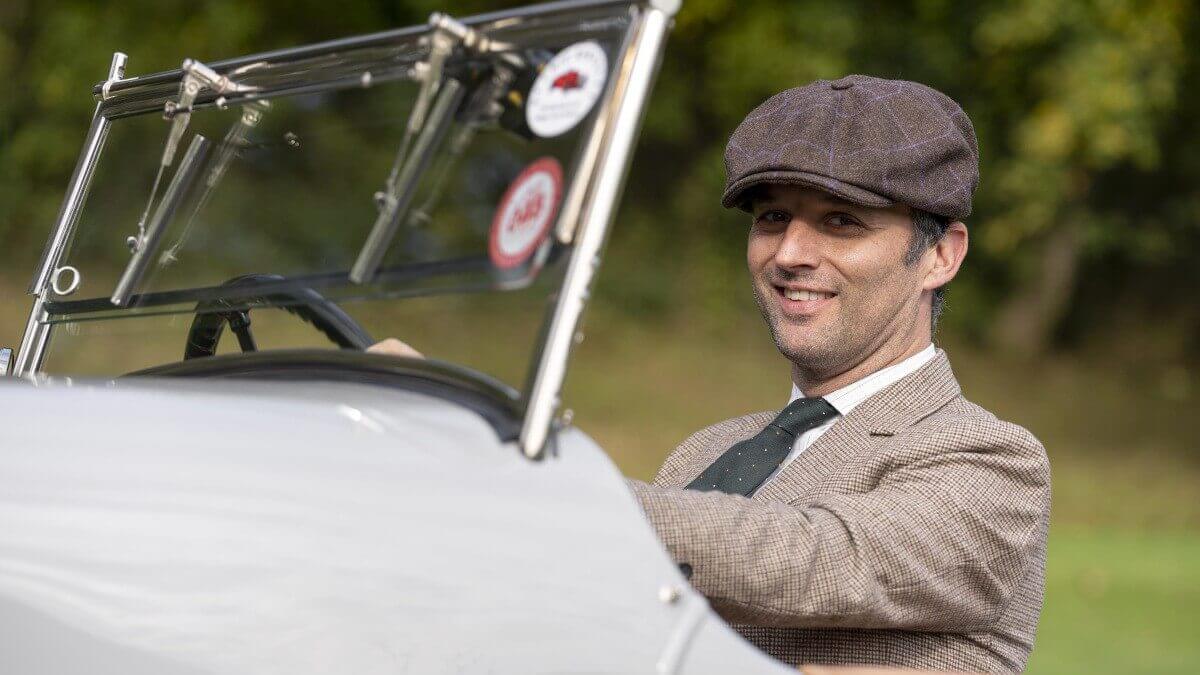



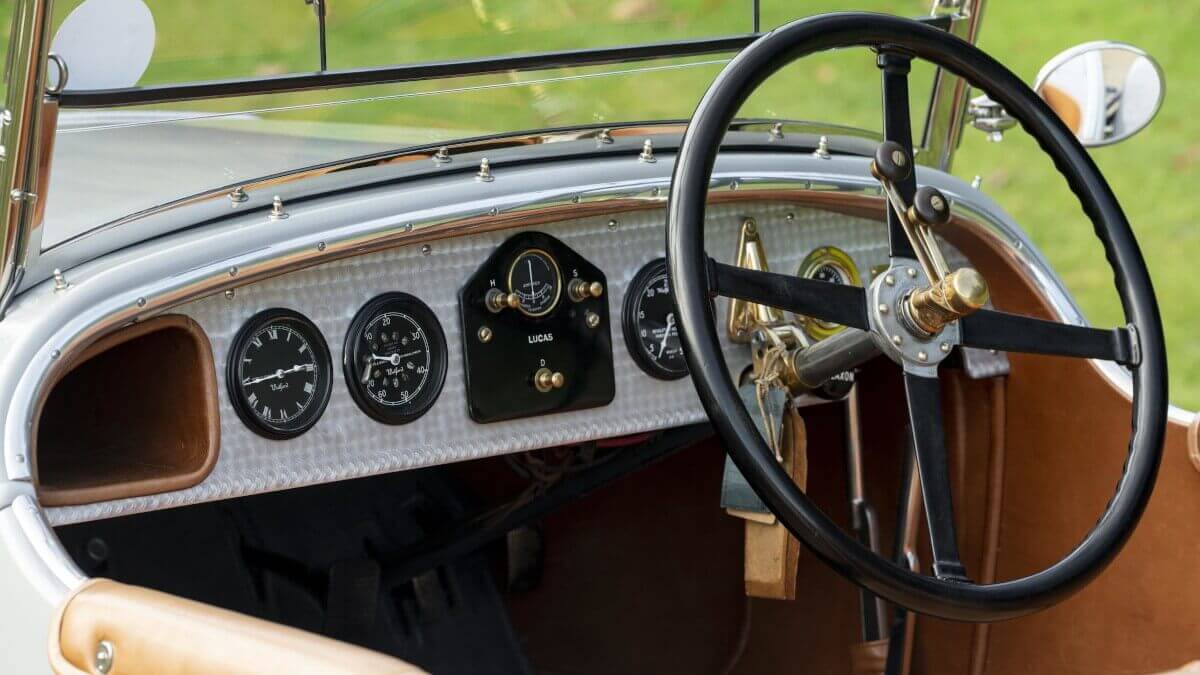



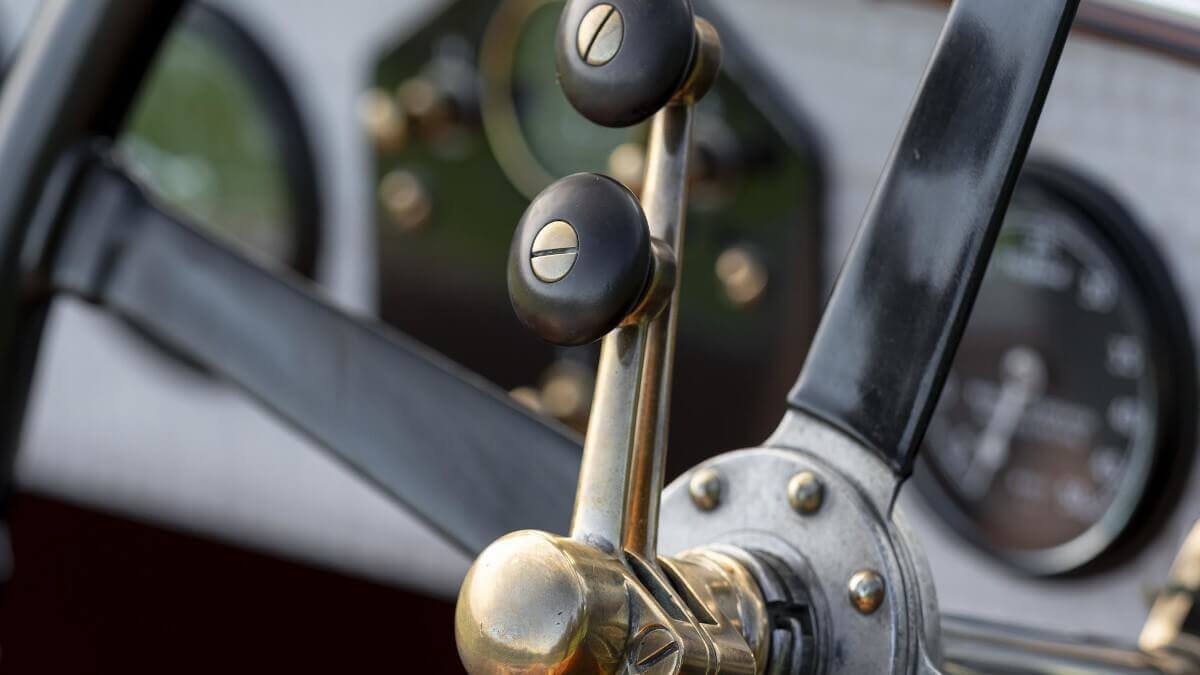



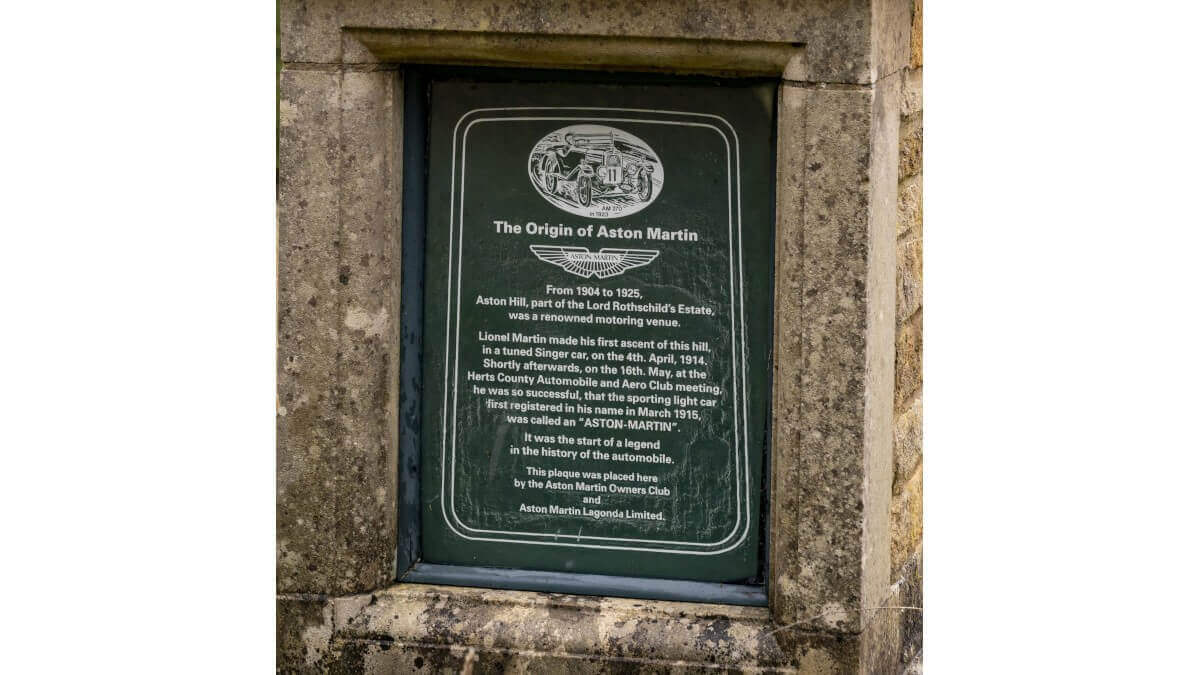



In 1924 ‘Cloverleaf’ took part in the Aston Hillclimb event together with two more Aston-Martins and two Bugatti. Lionel Martin won the race at the wheel of his personal car, while ‘Cloverleaf’ took second place. Two of the three participating Aston Martin cars still exist today. To celebrate the 95-year anniversary of this first race of ‘Cloverleaf’, Aston Martin sent factory racer and multiple Le Mans class winner Darren Turner to Aston Hill in this vintage car in search of some traces from back in the days. He was accompanied by one of those Bugatti cars that also competed in 1924. Turner didn’t fully use the 38 BHP of the car and of course didn’t reach the former topspeed, which was given by the factory as ‘more than 72 mph’. But he enjoyed the power distribution to the rear wheels via a manual four-speed gearbox and the back then unusual brakes at the front wheels.
Images: Aston Martin, Max Earey




